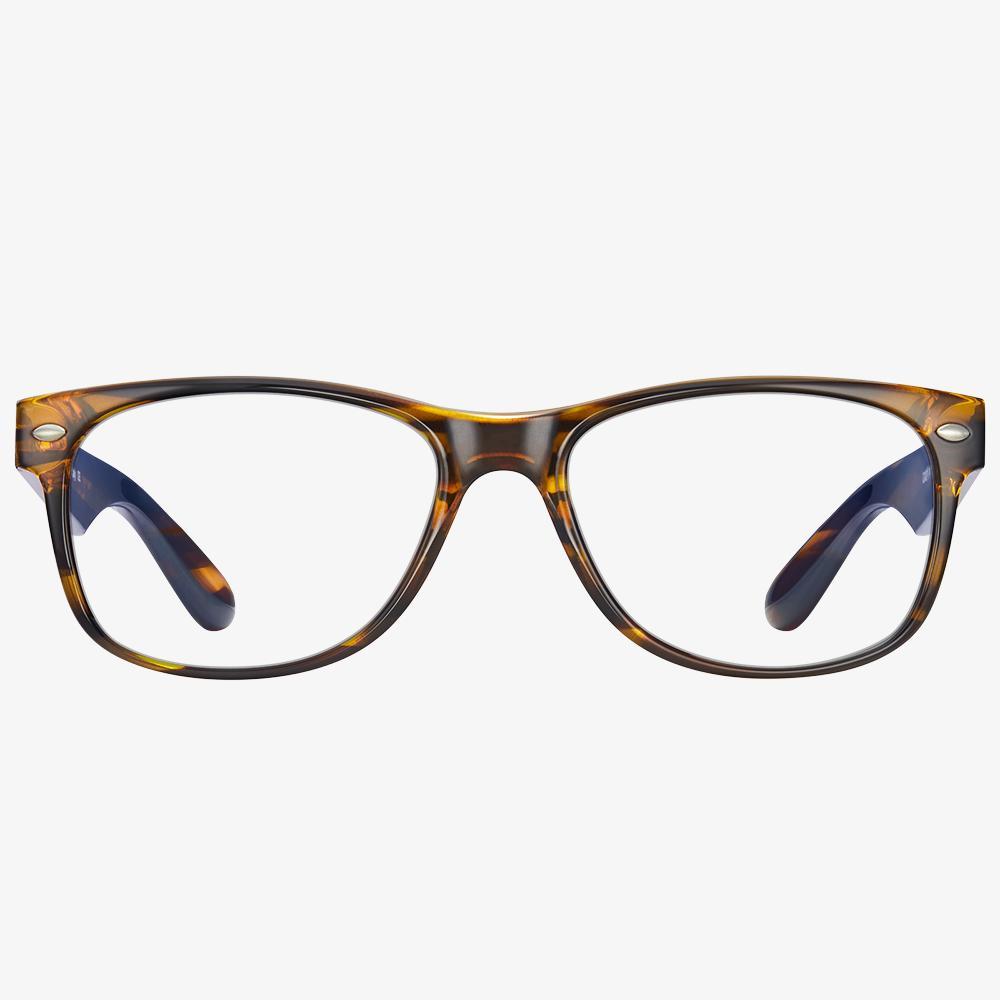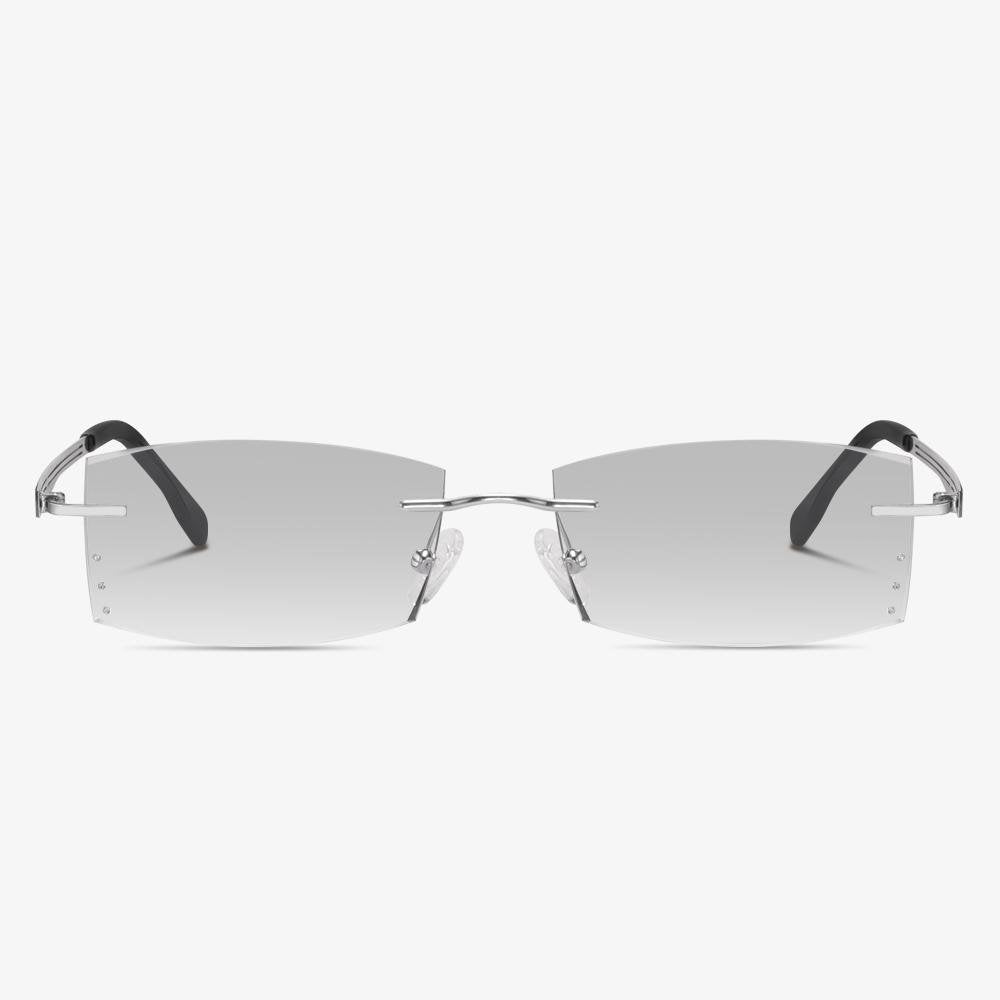Anti Blue Light Glasses For Kids - Felix Gray Nash
This square frame is stylish and comfortable, and children will love this popular color. In addition to filtering out blue light, the glasses eliminate glare. There are four different colors.
Production technology of progressive lenses
In addition to the evolution in design, the production technology of progressive lenses is also constantly improving: the most representative one is the free-form technology. The emergence of free-form surface technology makes the production more flexible and rapid and can realize a more personalized design. For now, progressive lens design is done on the inside surface of the lens by a computer-controlled lathe, as if a master engraver could carve a piece of stone into a work of art.
What is cellulose acetate?
Cellulose acetate refers to a thermoplastic resin obtained by esterification with acetic acid as a solvent and acetic anhydride as an acetylating agent under the action of a catalyst. It is the first commercially produced and continuously developed fiber among cellulose derivatives. Vegetarian organic acid esters.
Warby Parker
WARBY PARKER, one of the most popular eyewear brands in the United States, set up its own experience store in New York City in 2014, where consumers can walk in and out and try them on. They founded a rebellious spirit and lofty goals: to create high-quality, classic production, and the pursuit of fashion and high-quality glasses. Warby Parker's overall design is minimal. They provide many services to help you choose the frame. Almost every frame has a try-on picture and full view and provides a virtual try-on service. Free trial at home, physical experience stores, online virtual tries, and unconditional returns within 30 days really make you feel free.
Choose the cost-effective glasses.
Choose your favorite glasses online. Open the shopping website, and select a store with high credibility. Choose your favorite glasses according to the style, lens, frame color, blue light blocking, radiation protection, and other factors, and then communicate with the customer service about the thickness of the lens and other specific details. If you see the frame is not suitable for yourself, you can communicate with customer service ahead of time to see whether you can buy the frame to send freight insurance. If it is not suitable, can we return it for a refund? To buy a store with a high reputation, you can look at the store's good comments and bad reviews. Talk to customer service. Sometimes there are hidden discounts.
Different Type of Lenses: How to Choose
In this section, we will list some of the lenses for glasses.
Plastic lenses: In 1947, the Armorlite Lens Company in California introduced the first lightweight plastic lenses. The lenses were made of a plastic polymer called CR-39, because it was the 39th formulation of a thermal-cured plastic developed by PPG Industries in the early 1940s. Plastic lenses are light and low cost.
Polycarbonate lenses: polycarbonate lenses were first introduced in the 1970s and they have become increasingly popular anad remained for a long time. Polycarbonate glasses are slighter and significantly more impact-resistant than CR-39 plastic, making them a preferred material for children’s eyewear, safety glasses, and sports eyewear.
The discoloration principle of photochromic lenses
The fine grains of silver halide and copper oxide were melted into the glass melt of the lens blank material to produce the lens. When the lens is in the ultraviolet environment, the silver halide molecules will undergo a chemical reaction due to the ultraviolet radiation and decompose into silver ion particles and halogens. Because the silver particles are dark and absorb visible light, the lens gets darker. When the ultraviolet light is weakened or isolated, silver ions and halogens are recombined under the action of catalyst copper oxide to form silver halide, so the color of the lens gradually becomes lighter and transparent again. The discoloration mechanism of the resin lens is similar to that of the glass lens.











































